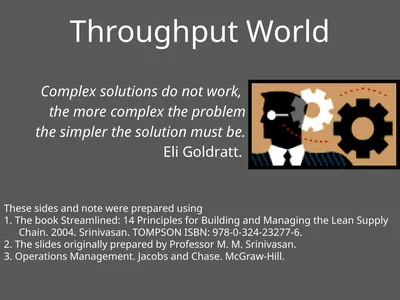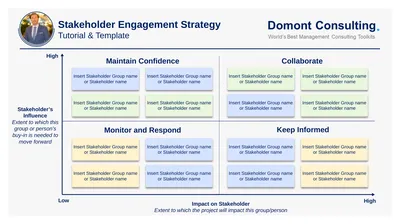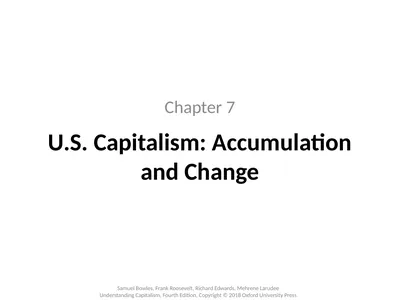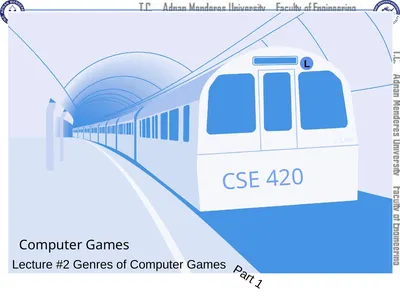
alexa-scheidler
Jeannette Walls’s The Glass Castle Dr. Matthew
Jeannette Walls’s The Glass Castle Dr. Matthew F...
ITU-T Study Group 5: Environment and Climate
ITU-T Study Group 5: Environment and Climate Chang...
4th Manfred Lachs International Conference on
4th Manfred Lachs International Conference on Conf...
Modernizing the Federal Employment Equity Act
Modernizing the Federal Employment Equity Act Enga...
FIRST QUARTERLY REPORT ON THE PERFORMANCE OF THE
FIRST QUARTERLY REPORT ON THE PERFORMANCE OF THE D...
ANNEXURE A National Road Traffic Amendment Bill
ANNEXURE A National Road Traffic Amendment Bill Re...
DC Health Benefit Exchange Authority Mila Kofman,
DC Health Benefit Exchange Authority Mila Kofman, ...
Restriction Practice May 2019 Topics When
Restriction Practice May 2019 Topics When restrict...
Data Privacy Day: Perceptions study Consumers &
Data Privacy Day: Perceptions study Consumers & HR...
Presented by the Aerospace Medical Association
Presented by the Aerospace Medical Association Thi...
Helping Prevent and Improve Money Problems;
Helping Prevent and Improve Money Problems; Ensuri...
Throughput World These sides and note were
Throughput World These sides and note were prepare...
IS Management practices Mrs. Geetha Murugesan
IS Management practices Mrs. Geetha Murugesan CISA...
Society of District Council Treasurers CIPFA
Society of District Council Treasurers CIPFA Finan...
INVENTORY MANAGEMENT MEANING OF INVENTORY
INVENTORY MANAGEMENT MEANING OF INVENTORY MANAGEME...
Stakeholder Engagement Strategy Tutorial &
Stakeholder Engagement Strategy Tutorial & Templat...
Chapter 7 U.S. Capitalism: Accumulation and Change
Chapter 7 U.S. Capitalism: Accumulation and Change...
NLC Second Quarter Performance Report 2018/19
NLC Second Quarter Performance Report 2018/19 ____...
Understanding Vicarious Trauma, Coping strategies
Understanding Vicarious Trauma, Coping strategies ...
Keep Your Computer Clean Sue Kayton October 2015
Keep Your Computer Clean Sue Kayton October 2015 K...
CSE 420 Lecture #2 Genres of Computer Games L Line
CSE 420 Lecture #2 Genres of Computer Games L Line...






















